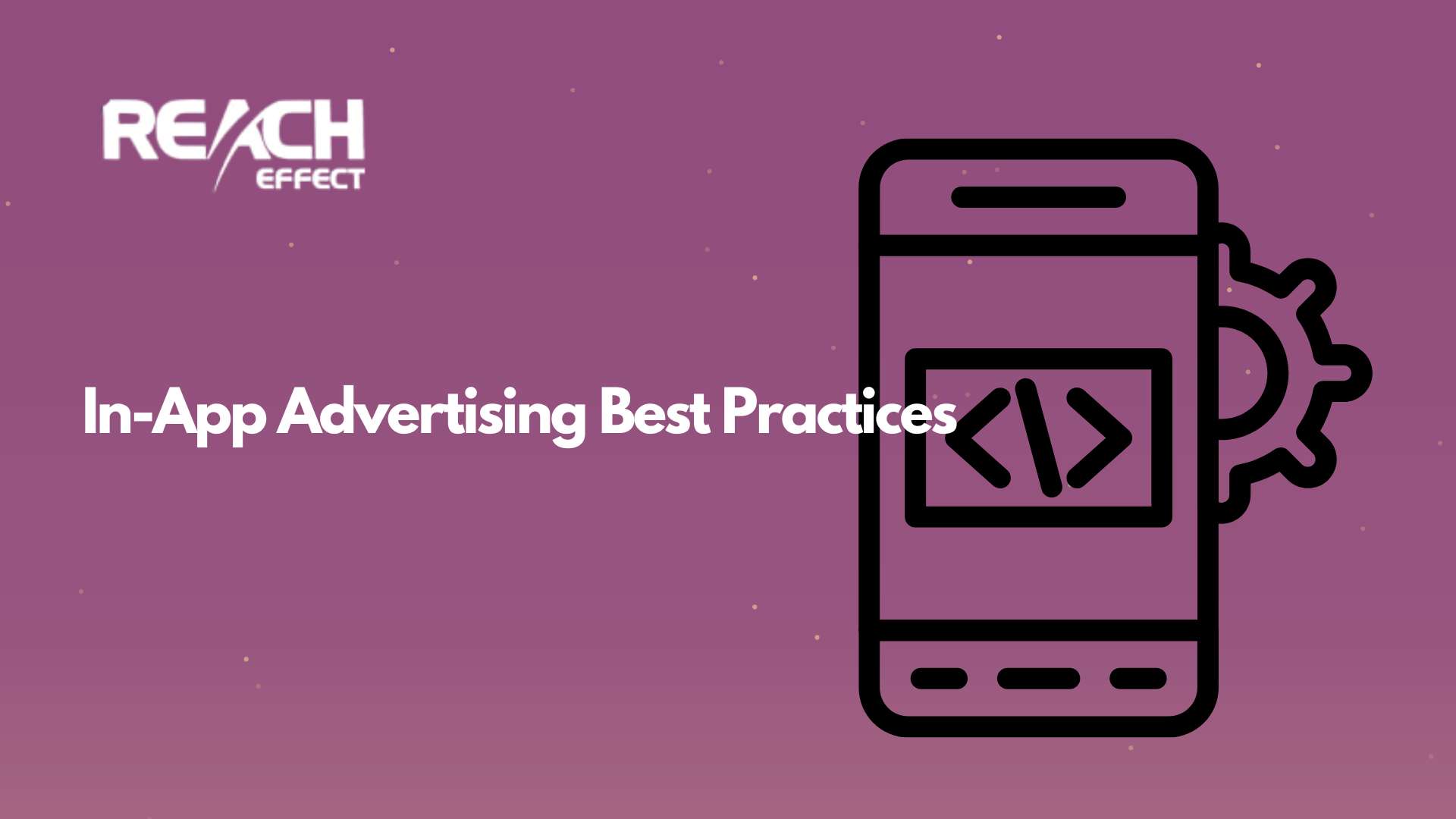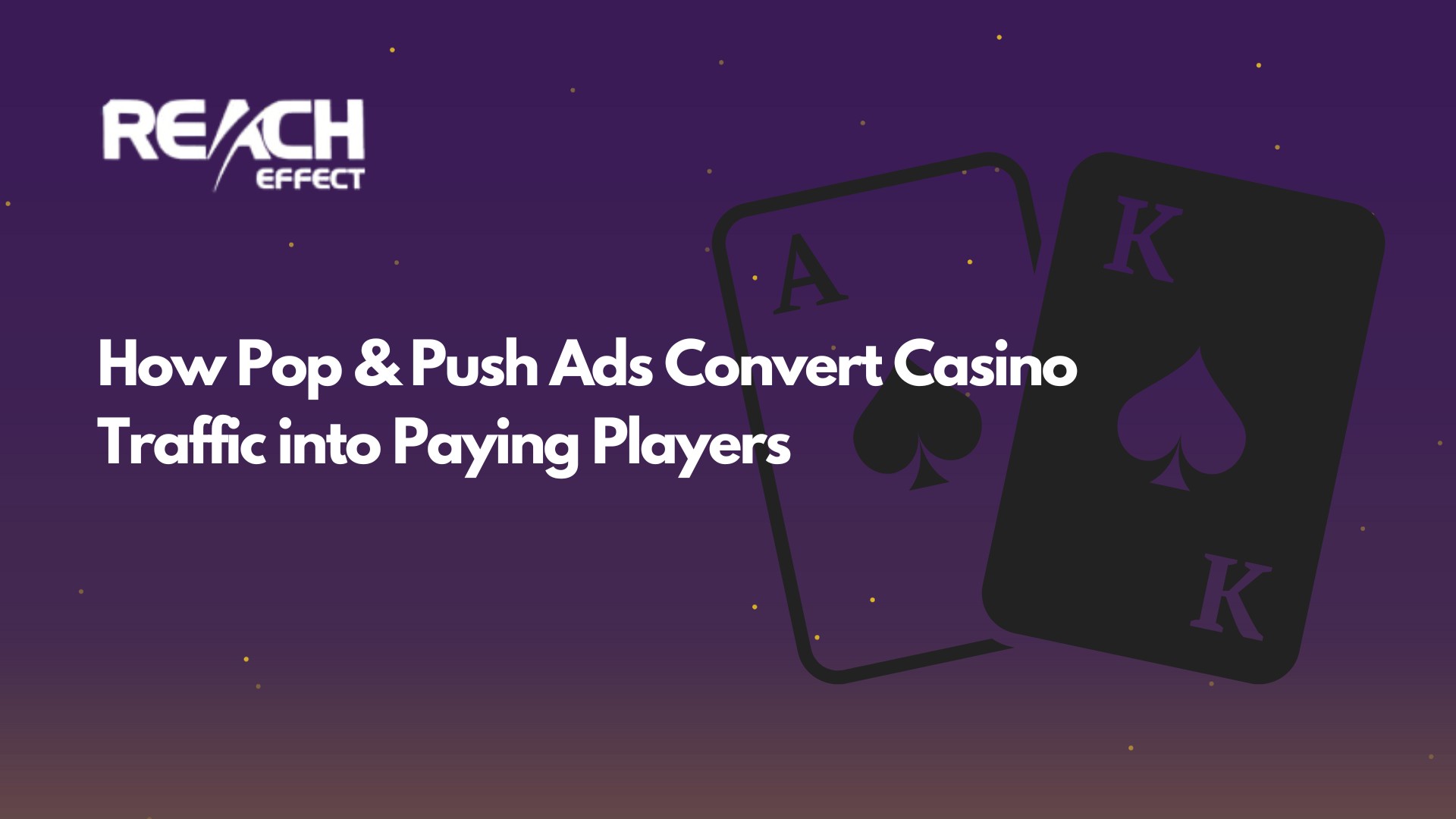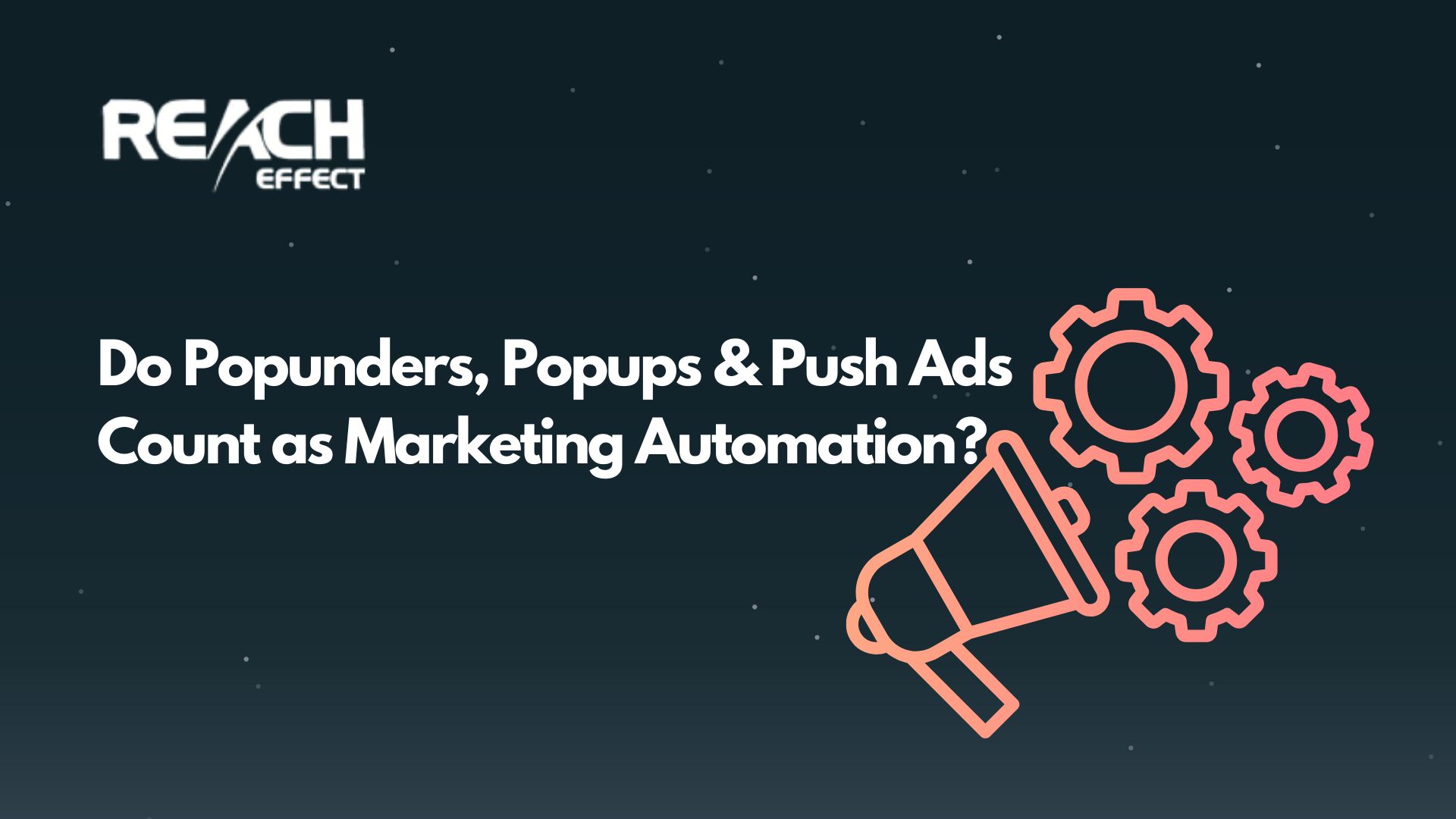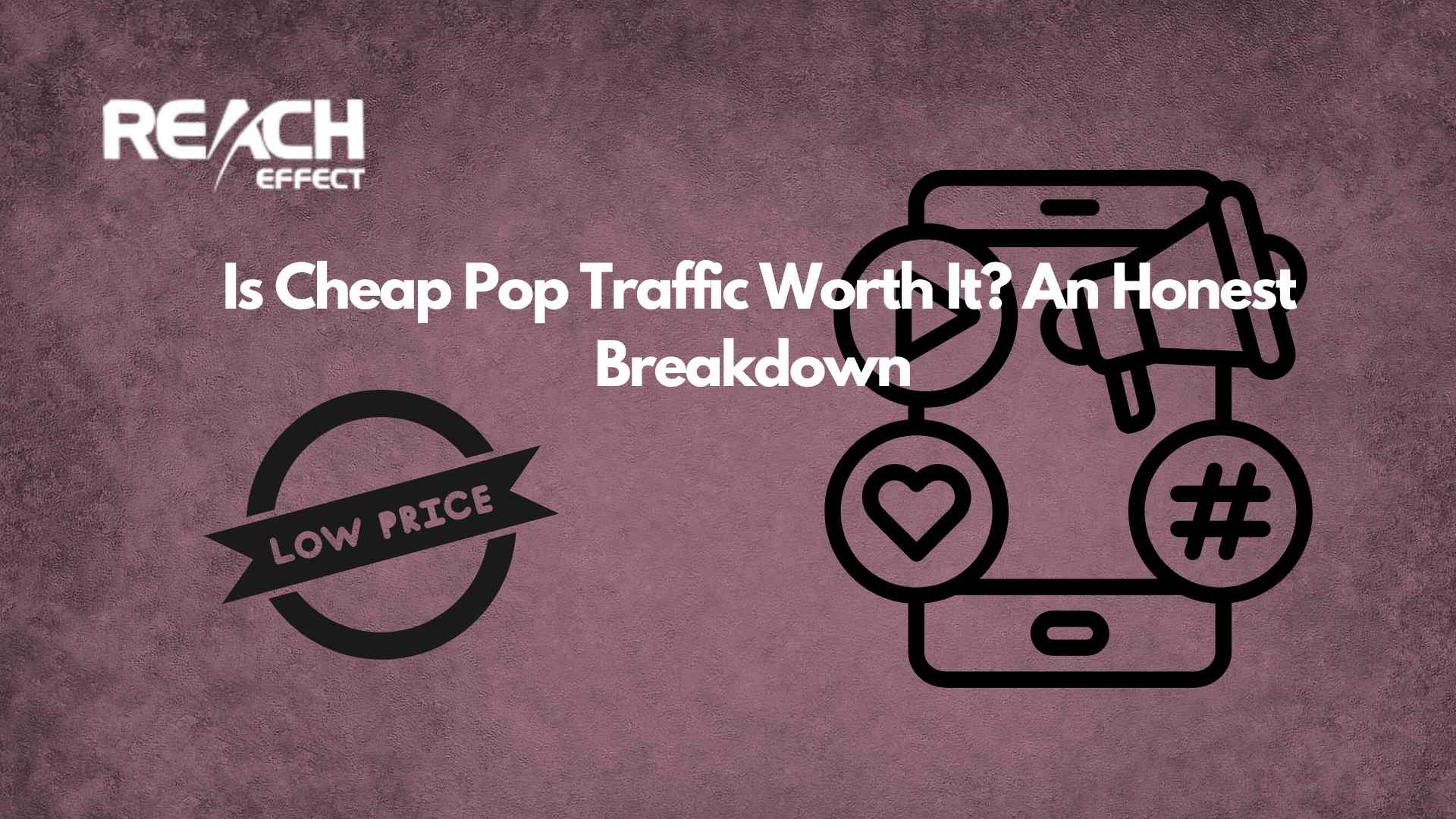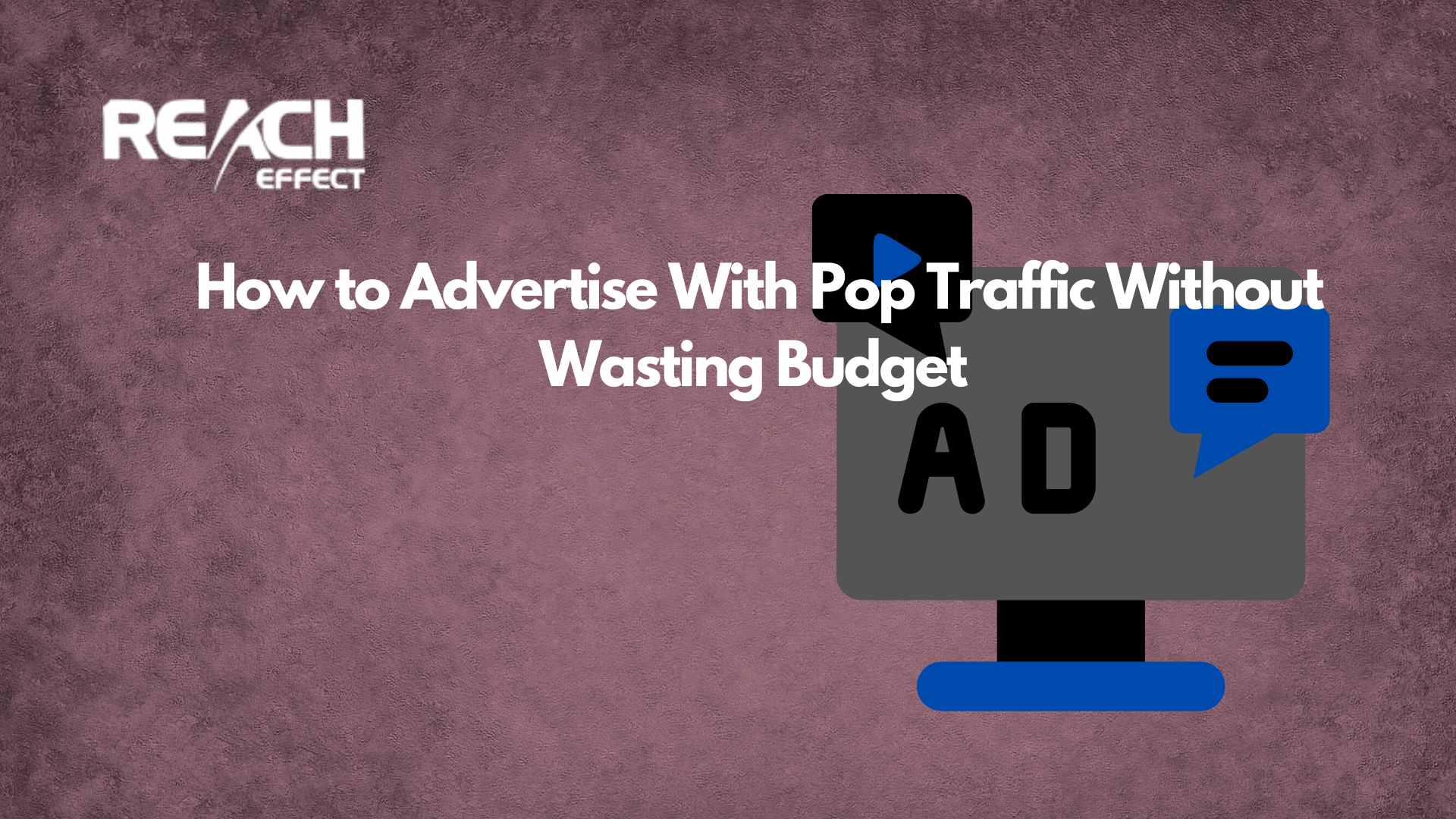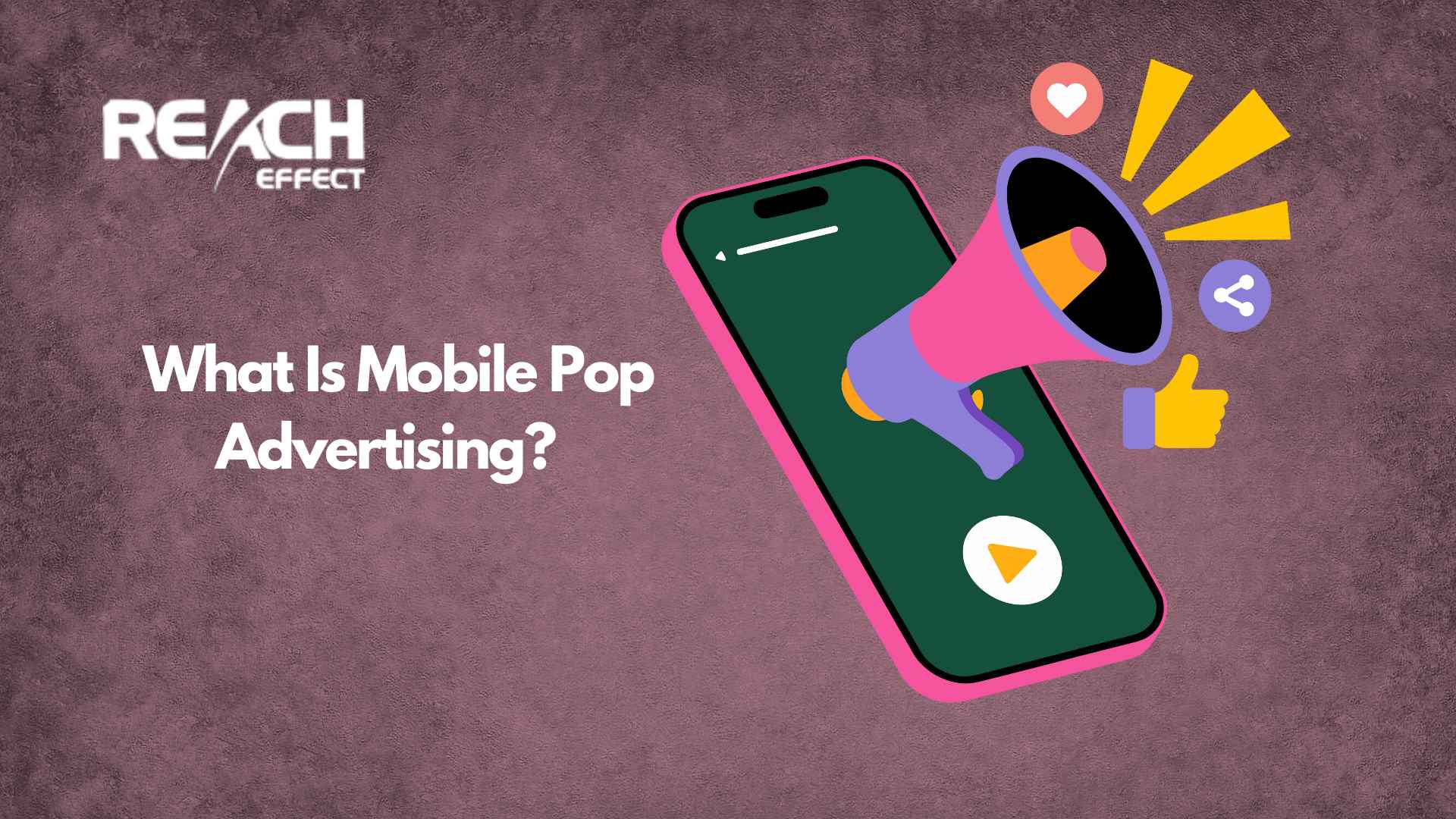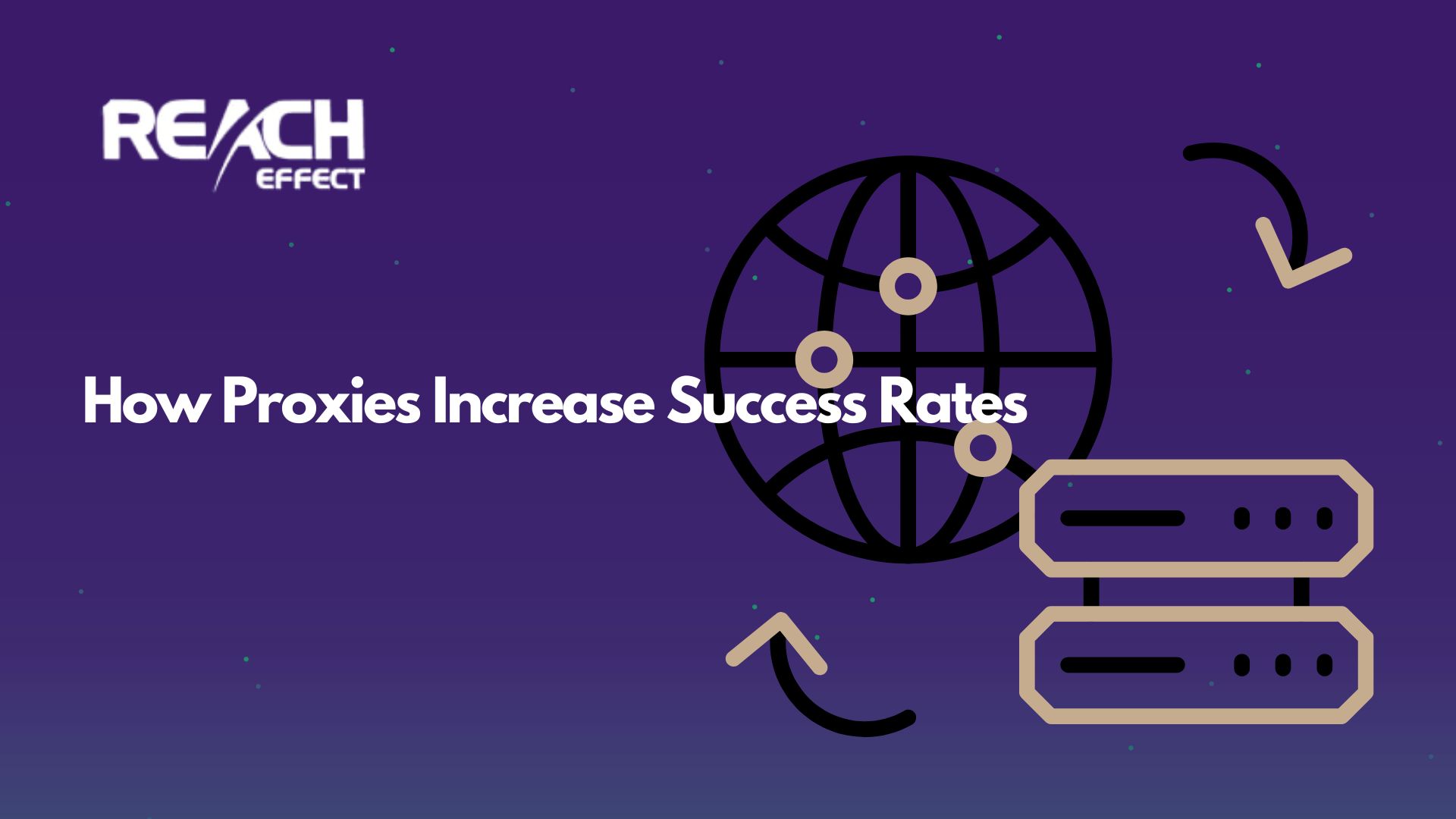Email marketing can feel like a puzzle sometimes. You want to connect with your audience, but how do you know what works? That’s where A/B testing for email campaigns comes in.
It’s a simple way to compare two versions of an email and see which one gets better results.
Whether you’re aiming for more opens, clicks, or sales, A/B testing helps you figure out what your subscribers like best.
We previously covered A/B testing for push notifications. In this guide, we’ll walk through, doing it right with emails and some smart strategies to help you win big.
What Is A/B Testing for Email Campaigns?
A/B testing, sometimes called split testing, is a method where you send two different versions of an email to a small group of your subscribers. One might have a punchy subject line, while the other uses a question. You then measure which version performs better based on your goal, like open rates or clicks. The winner gets sent to the rest of your list. It’s a straightforward way to test things like subject lines, content, images, or buttons without guessing what your audience prefers.
This approach is powerful because it relies on real data. You don’t have to wonder if a certain phrase or design will work. A/B testing for email campaigns shows you what actually gets results, making your marketing sharper and more effective.
Why Should You Care About A/B Testing?
You might be wondering why A/B testing is worth your time. The answer is simple: it helps you get better results without wasting effort. Small tweaks can lead to big improvements in how your emails perform. Here’s why it’s a must for email marketers:
- It boosts engagement. Testing subject lines or content shows you what grabs attention.
- It increases conversions. Finding the right call to action can turn readers into buyers.
- It cuts out guesswork. Data tells you what works instead of relying on hunches.
- It keeps improving. Each test teaches you something new about your audience.
How to Make A/B Testing Work for You
To get the most out of A/B testing for email campaigns, you need a plan. It’s not about throwing random ideas at the wall. Here are some key strategies to make your tests count:
Start with One Change
Pick one thing to test at a time, like the subject line or the button color. If you change too much at once, you won’t know what made the difference. Keeping it simple gives you clear answers.
Pick a Big Enough Group
Your test group needs to be large enough to trust the results. A tiny sample might not reflect your whole audience. Aim for at least 10% of your list, or more if you can. The bigger the group, the better your data.
Focus on Subject Lines First
Since subject lines decide if your email gets opened, they’re a great starting point. Try different styles, like adding a number or asking a question. See what gets more people to click. It’s a bit like writing ad headlines. Good news, we have a great article on how to write ad headlines!
Check the Right Numbers
Look at the metric that matches your goal. Testing a subject line? Watch open rates. Testing a button? Track clicks. Tools from Reacheffect can help you see these stats without the headache.
Keep Testing Over Time
One test isn’t enough. Make A/B testing a habit. Your audience might change, and what worked last month might not work now. Regular tests keep your campaigns fresh and effective.
Try Giving Out Free Trials
Free Trial Email Marketing can be a marketing killer. You should try it out!
Tips to Nail Your A/B Tests
Want to make sure your tests pay off? Follow these practical tips:
- Know your goal. Decide if you’re after more opens, clicks, or sales before you start.
- Give it time. Don’t rush the results. Let the test run long enough to get solid data.
- Test often. The more you test, the more you learn about what your subscribers want.
- Write it down. Keep a record of what you tested and how it went. It’s a goldmine for future campaigns.
- Keep it easy. Start with simple stuff like send times or subject lines before tackling big redesigns.
These steps will help you turn A/B testing for email campaigns into a tool for steady growth.
Watch Out for These Mistakes
Even with a good plan, it’s easy to slip up. Here are some common traps to avoid:
- Changing too much. Stick to one variable so you know what’s working.
- Testing too few people. A small group can give you shaky results.
- Deciding too fast. Wait until you have enough data to be sure.
- Looking at the wrong stats. Focus on the number that ties to your goal.
- Testing once and done. Keep it going to stay on top of what works.
Steering clear of these will make your A/B testing smoother and more reliable.
FAQ: A/B Testing for Email Campaigns
Got questions? We’ve got answers. Here are five common ones about A/B testing for email campaigns:
1. What does A/B testing mean for email marketing?
A/B testing means sending two versions of an email to a small part of your list to see which one does better. You use the results to pick the winner and send it to everyone else.
2. Why is A/B testing a big deal for emails?
It’s a big deal because it shows you what your audience likes with real data. You can improve things like opens or clicks without guessing, making your campaigns stronger.
3. What can I test in my emails?
You can test subject lines, the email text, images, buttons, send times, or even the sender name. Just focus on one thing at a time for the best results.
4. How do I start an A/B test for my campaign?
Choose what to test, make two versions, and send them to a small random group. Use your email tool, like Reacheffect, to run the test and check the outcome.
5. How do I know which version won?
Look at the key stat you’re testing, like open rates or clicks. Compare the two versions. The one with the better number wins. Make sure you have enough responses to trust the result.
Wrapping It Up
A/B testing for email campaigns is like having a cheat sheet for your marketing. It takes the mystery out of what works and helps you connect with your audience in a smarter way. Test one thing at a time, use a decent-sized group, and pay attention to the numbers that matter. With a little practice, you’ll see bigger wins from every email you send. Ready to give it a try? Your next campaign could be your best yet.


